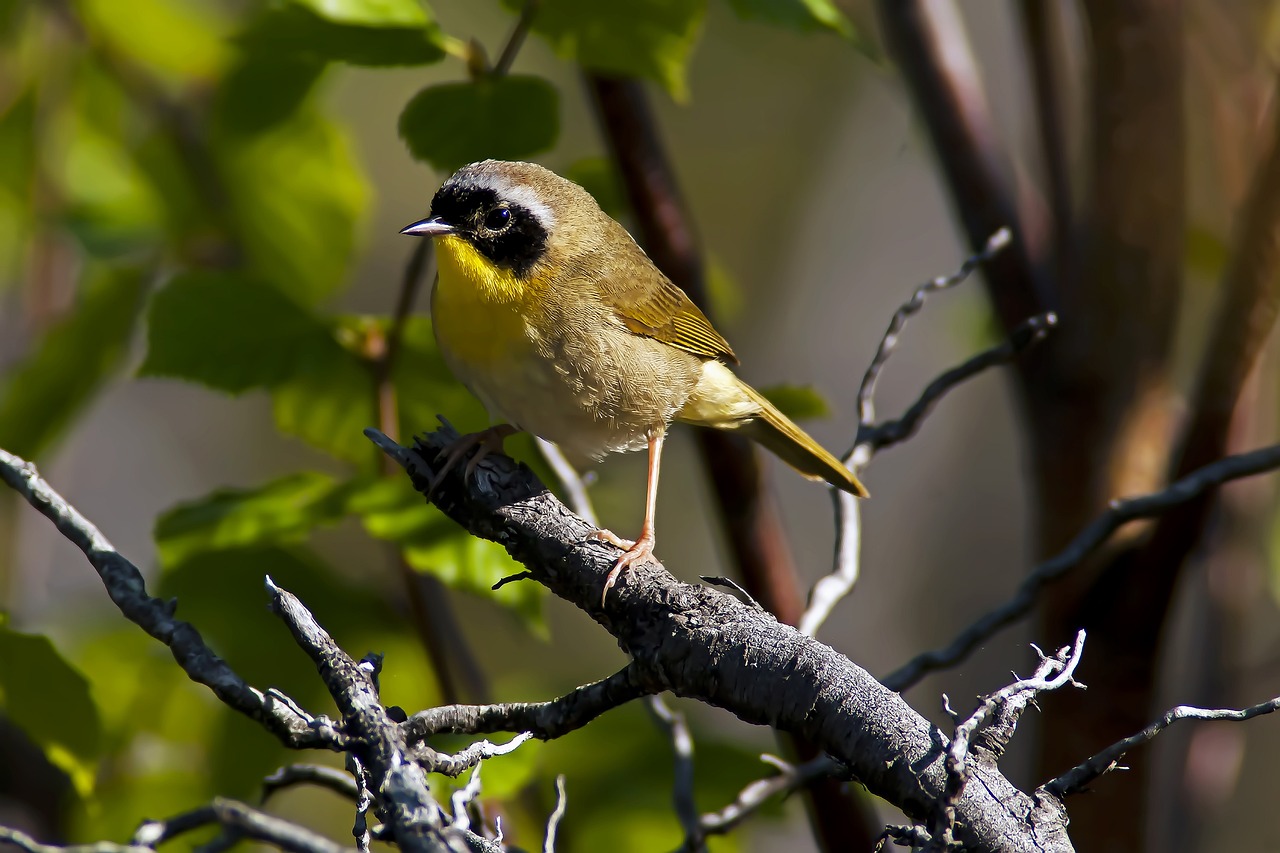
SHARE THIS ARTICLE:
Genetic Diversity of Lyme Pathogen Driven by Host Adaptation
 PNAS Nexus (Combs, M.A., et al) 08.2023, published “Host adaptation drives genetic diversity in a vector-borne disease system.” In this study investigators looked at the extent of intraspecific variation in Borrelia burgdorferi host range, the role of the bacteria regarding host competence, and potential implications for human infections. This was a long-term study of the diversity of Lyme disease pathogens, defined by the multiple ospC arrangements (genotypes required for host infection) in two reservoir hosts, the white-footed mouse and passerine birds (11 species); and blacklegged ticks, a generalist vector. The data revealed strong variations between the hosts (mice and birds) identifying a range of genotype-specific host-adapted phenotypes of bacteria.
PNAS Nexus (Combs, M.A., et al) 08.2023, published “Host adaptation drives genetic diversity in a vector-borne disease system.” In this study investigators looked at the extent of intraspecific variation in Borrelia burgdorferi host range, the role of the bacteria regarding host competence, and potential implications for human infections. This was a long-term study of the diversity of Lyme disease pathogens, defined by the multiple ospC arrangements (genotypes required for host infection) in two reservoir hosts, the white-footed mouse and passerine birds (11 species); and blacklegged ticks, a generalist vector. The data revealed strong variations between the hosts (mice and birds) identifying a range of genotype-specific host-adapted phenotypes of bacteria.
Researchers found “support for multiple niche polymorphism, maintaining Bb diversity in nature and little evidence of temporal shifts in genotype dominance, as would be expected under negative frequency-dependent selection.” Passerine birds carried greater B. burgdorferi genotypic diversity compared to the white-footed mice, and birds supported the circulation of several strains of the Lyme spirochetes that are “human-invasive” (strains that exhibit more severe pathology in humans) in the local tick population.
Mouse-adapted bacterial genotypes showed longer persistence in individual mice compared with non-adapted genotypes, and over time, these genotype communities became dominated by mouse-adapted genotypes. Researchers suggest that variation of Lyme species in a range of pathogen hosts plus adaptation maintains the overall fitness of the bacteria in response to transmission by black legged ticks.
For More Information:
Read the full text PNAS Nexus article
Read the PNAS Nexus news article
Read more LDA articles on Lyme disease ecology





